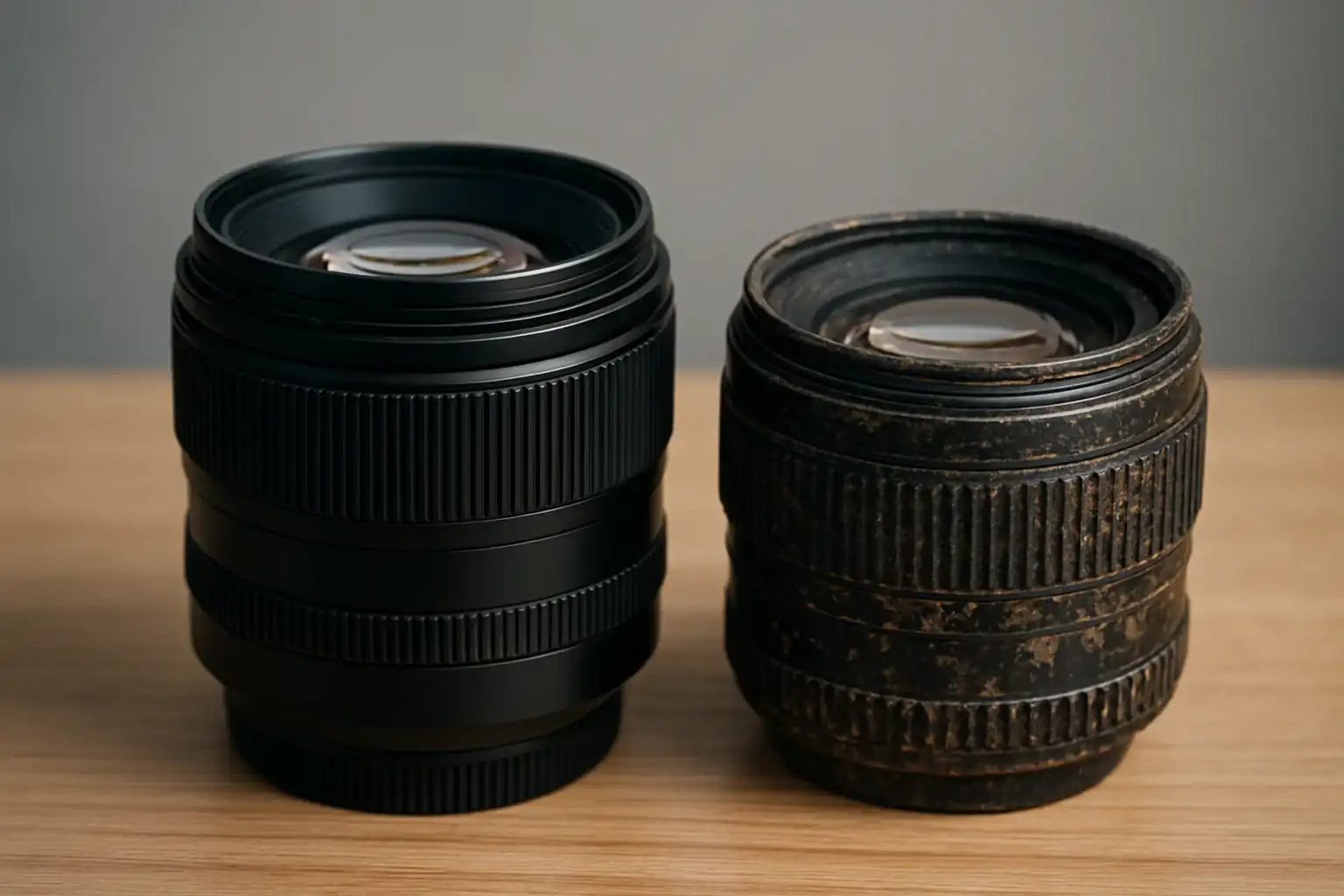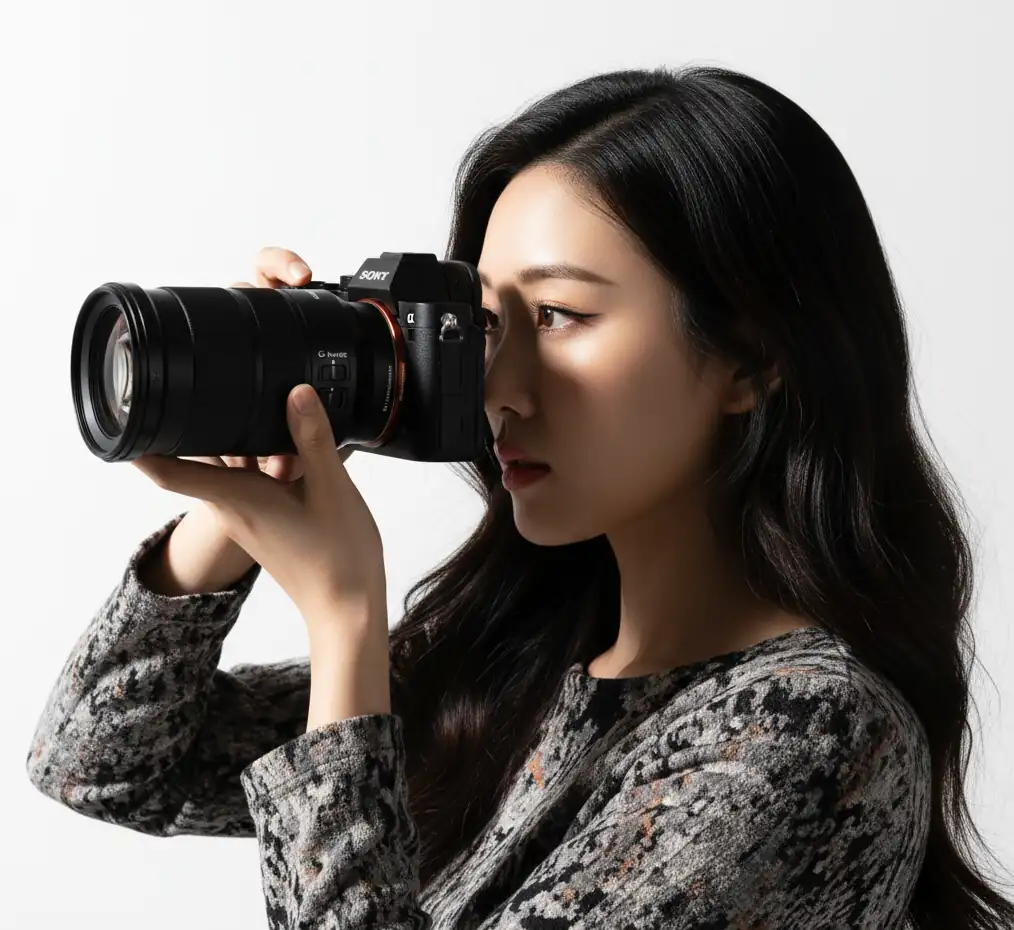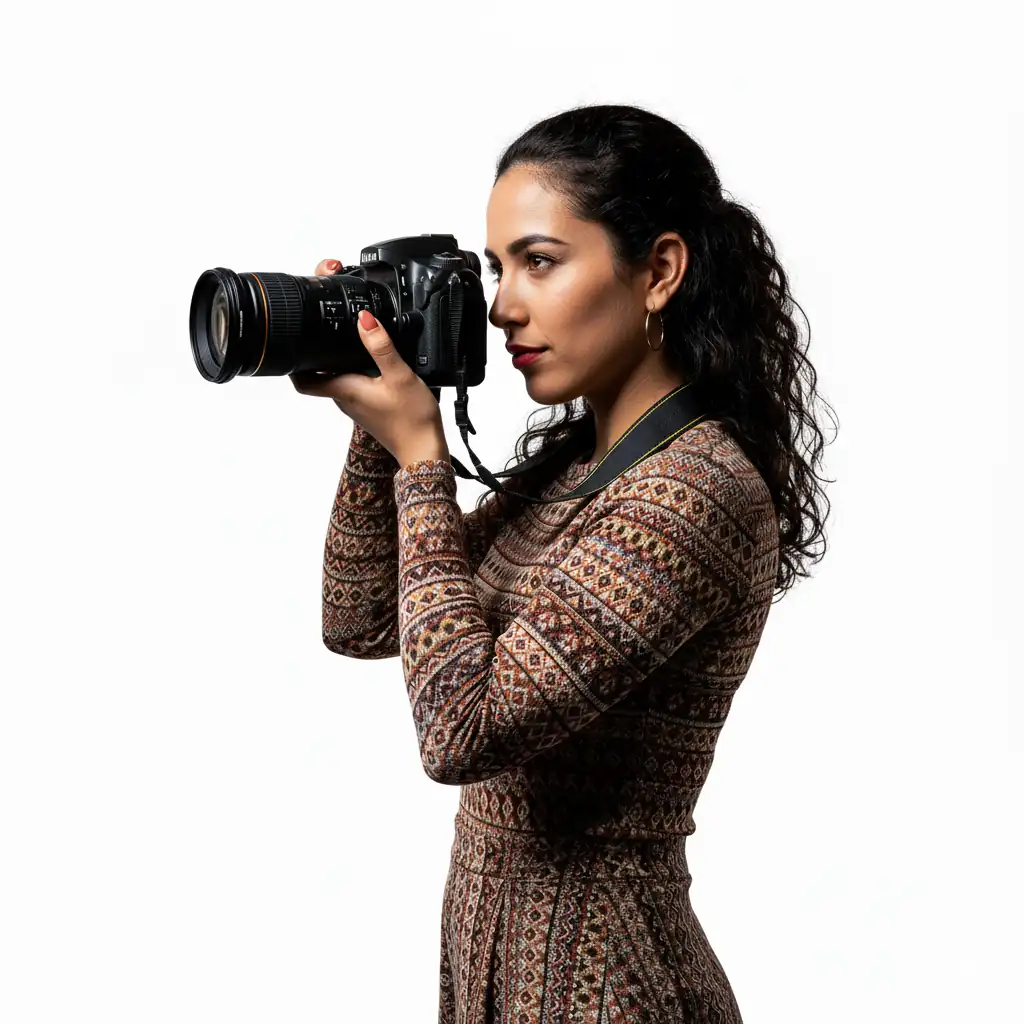📷 PhotoRecipes
Tools for photographers
HDR Photo Merger
Merge multiple exposures into high dynamic range photos with enhanced detail and color.
Related Articles
 Buying New vs Used Camera Lenses: What to Know Before You Spend
Buying New vs Used Camera Lenses: What to Know Before You SpendA guide to new vs used lenses: pros, what to inspect, price differences, and reliable shops in USA & Europe.
 The Best Sony E-Mount Lenses: A Complete Guide to Quality and Versatility
The Best Sony E-Mount Lenses: A Complete Guide to Quality and VersatilityDiscover the best Sony E-mount lenses for every type of photography — from compact primes to professional G Master zooms.
 The Best Nikon Z Lenses: A Practical Guide to Quality and Versatility
The Best Nikon Z Lenses: A Practical Guide to Quality and VersatilityDiscover the most useful, high-quality Nikon Z lenses for every photographer — from compact primes to professional zooms and telephoto options.